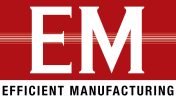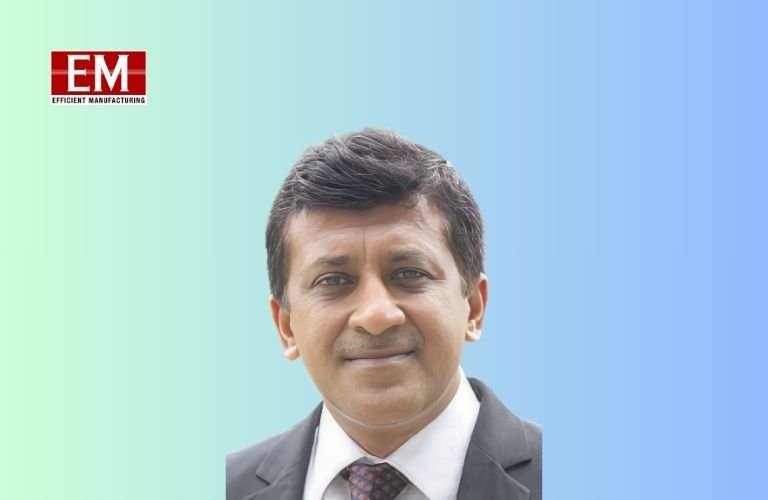An exclusive interview with Rajnish Gupta, Managing Director & Country Manager, Tenable India
- How is Tenable helping organisations adapt to the growing complexity of modern attack surfaces, especially with the rise of hybrid IT and cloud-native environments?
Data silos, security blindspots, and toxic combinations of highly critical vulnerabilities, publicly exposed assets, and overly privileged users are the biggest cybersecurity gaps in multi-cloud environments. Understanding these gaps, including what data is at risk of being breached, is essential to addressing critical exposures.
Tenable Cloud Security offers a holistic, actionable platform that enables organizations to quickly expose and close priority security gaps in the cloud and remediate risky entitlements and vulnerabilities. It identifies and eliminates cloud exposures at scale for public, private, and hybrid cloud environments across infrastructure, workloads, identities, and data. This includes AI-powered insights into access, resources, and datasets. The solution also integrates with the Tenable One Exposure Management Platform to continuously identify threats across the entire attack surface.
- What role does exposure management play in aligning cybersecurity with overall business risk and board-level priorities?
Security professionals often face challenges in communicating cybersecurity risks to C-level and board-level leaders due to data silos and incomplete information. This makes it difficult for CISOs to provide a clear and accurate overview of the most critical exposures. Boards require straightforward answers to questions like “Are we secure?”, “Where are we vulnerable?”, and “How do we avoid worst-case scenarios?”, rather than technical jargon. An exposure management solution addresses this by translating complex technical data into strategic insights, enabling CISOs to understand risk, prioritize actions, and shift from a reactive, vulnerability-focused approach to a proactive, risk-driven strategy. This ultimately enhances the efficiency of security programs and facilitates better communication with the board.
- How are emerging technologies like AI and machine learning redefining risk assessment and threat response in the cybersecurity space?
AI significantly enhances real-time threat detection by rapidly analyzing vast datasets to pinpoint subtle anomalies in network traffic or user behavior, such as unusual account activity or unauthorized data access. This automation drastically shortens the time from anomaly identification to action. For example, in exposure management, AI continuously monitors an organization’s attack surface, instantly identifying emerging vulnerabilities by analyzing system configurations, network activity, and threat intelligence. Upon detection, AI-driven systems can autonomously mitigate threats by isolating compromised systems, blocking malicious traffic, or providing high-priority remediation guidance.
- In the context of critical infrastructure and OT environments, how is Tenable addressing sector-specific vulnerabilities that traditional IT solutions often overlook?
Tenable OT Security addresses sector-specific vulnerabilities in OT environments in a number of significant ways. From inventory management and asset tracking to threat detection at the device and network level, vulnerability management and configuration control, Tenable’s OT Security maximizes visibility, security, and control across entire operations. As IT, OT and IoT converge, organizations face security blindspots as traditional solutions don’t take into consideration the risk relationships between users and assets, and the underlying context to prioritise remediation. When integrated with Tenable One exposure management platform, it gives organizations a holistic view of your cyber risk with both IT and OT domain expertise in a single solution.
It offers unmatched visibility into converged IT/OT segments and industrial control systems (ICS) activity. Delivers clear situation awareness across all assets — IT, OT and IoT. The platform leverages a multi-detection engine to find high-risk events on the network, and it generates vulnerability and risk data to help organizations prioritize risks within the ICS network.
- What are some key challenges CISOs face today in translating technical cyber risks into actionable business intelligence?
To effectively engage with boards, CISOs must shift from technical jargon to a business-centric language, demonstrating how cybersecurity supports growth, new initiatives, and overall risk reduction. Overly technical presentations can disengage the audience. Instead, CISOs should be succinct, visualize data, and directly address the board’s key concerns such as organizational security, specific vulnerabilities and their causes, and strategies for reducing risk to critical business assets. It is crucial to contextualize threat intelligence by relating it to potential impacts on business services or strategic objectives. Security issues warranting board attention must be framed within the context of how unaddressed threats could disrupt business continuity or introduce unacceptable operational or business risks.
Current reporting often relies on fragmented operational metrics and vulnerability remediation efforts, which lack the necessary contextual insights for the board. Exposure management platforms are vital in this regard as they identify vulnerabilities posing the most significant business risk. Recognizing that not all risks are equal, CISOs should leverage these technologies to streamline risk reduction and enhance communication effectiveness.












